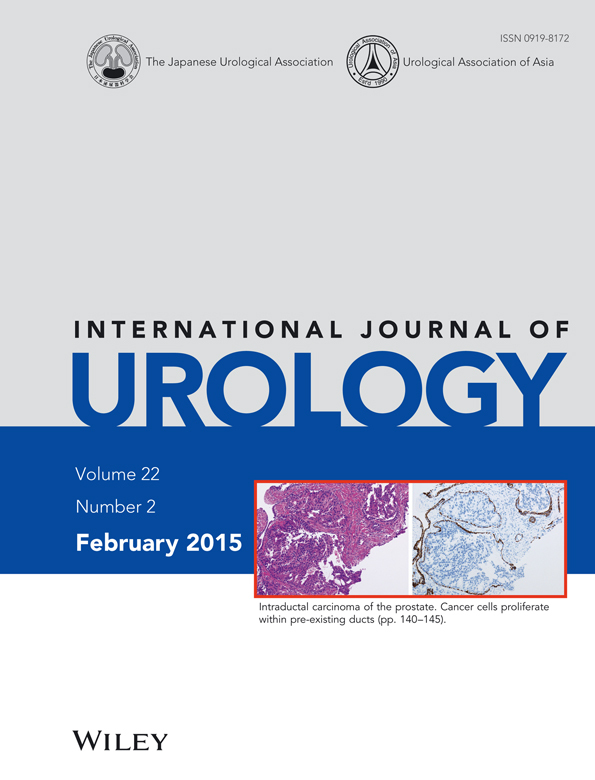Prediction of biochemical recurrence after robot-assisted radical prostatectomy: Analysis of 784 Japanese patients
Abstract
Objectives
To examine biochemical recurrence after robot-assisted radical prostatectomy in Japanese patients, and to develop a risk stratification model for biochemical recurrence.
Methods
The study cohort consisted of 784 patients with localized prostate cancer who underwent robot-assisted radical prostatectomy without neoadjuvant or adjuvant endocrine therapy. The relationships of biochemical recurrence with perioperative findings were evaluated. The prognostic factors for biochemical recurrence-free survival were evaluated using Cox proportional hazard model analyses.
Results
During the follow-up period, 80 patients showed biochemical recurrence. The biochemical recurrence-free survival rates at 1, 3, and 5 years were 92.2%, 85.2% and 80.1%, respectively. In univariate analysis, the prostate-specific antigen level, prostate-specific antigen density, biopsy Gleason score, percent positive core, pathological T stage, pathological Gleason score, lymphovascular invasion, perineural invasion and positive surgical margin were significantly associated with biochemical recurrence. In multivariate analysis, prostate-specific antigen density ≥0.4 (P = 0.0011), pathological T stage ≥3a (P = 0.002), pathological Gleason score ≥8 (P = 0.007) and positive surgical margin (P < 0.0001) were independent predictors of biochemical recurrence. The patients were stratified into three risk groups according to these factors. The 5-year biochemical recurrence-free survival rate was 89.4% in the low-risk group, 65.6% in the intermediate-risk group and 30.3% in the high-risk group.
Conclusions
The prostate-specific antigen density, pathological T stage, pathological Gleason score and positive surgical margin were independent prognostic factors for biochemical recurrence. The risk stratification model developed using these four factors could help clinicians identify patients with a poor prognosis who might be good candidates for clinical trials of alternative management strategies.




